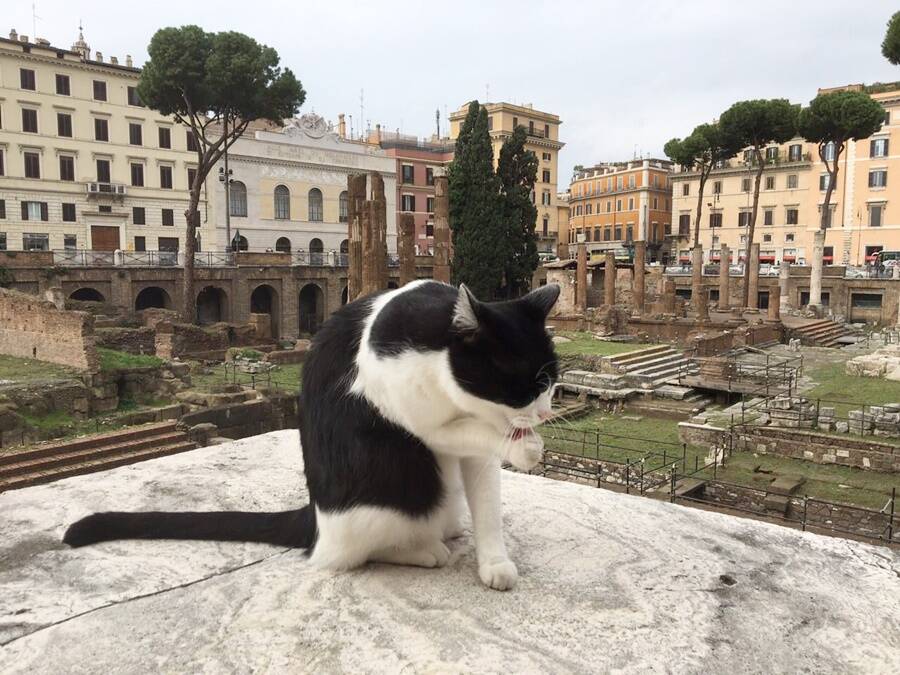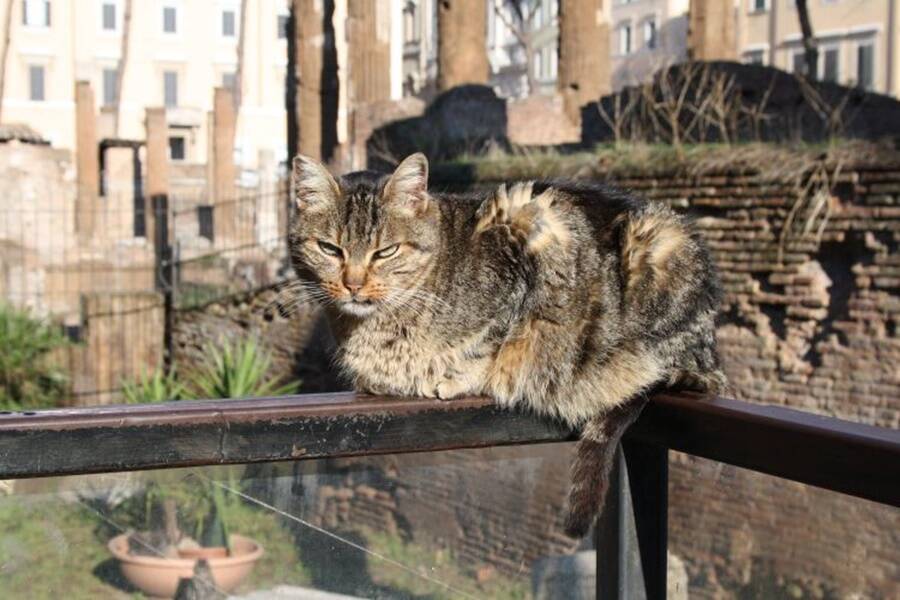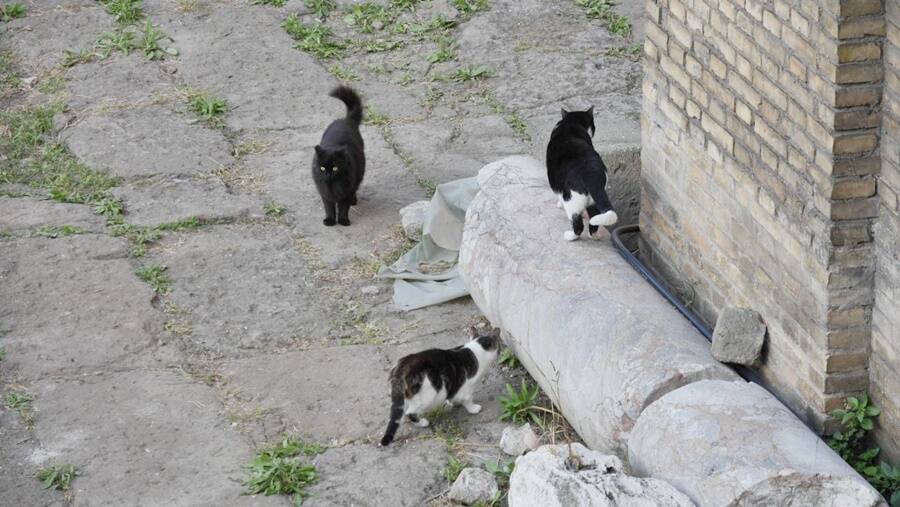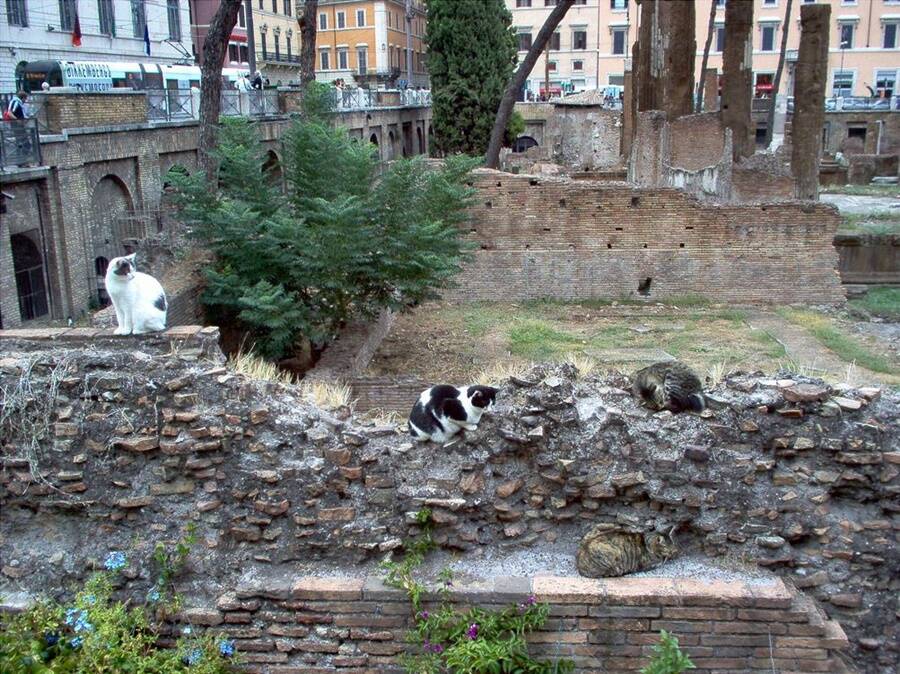Italy’s Colonia Felina Di Torre Argentina Or ‘Colony Of Cats’
Largo di Torre Argentina is known in history as the place where Roman Emperor Julius Caesar was assassinated by members of the Senate in 44 B.C. Now, it's one of the world's most famous cat havens.
The ancient ruins were first discovered in 1929 after Italian dictator Benito Mussolini began revamping large swaths of Rome. Workers uncovered four temples dated back as far as 400 B.C., and since then, the ruins have been maintained by the city.
But then by the end of the 1920s, Largo di Torre Argentina somehow began attracting stray cats from all over Rome, turning it into an unusual shelter. Of course, the existence of so many orphan cats also drew attention from residents.
today, volunteer cat ladies, known as "gattare," feed and look after the cats who live among the ruins.
Then, the responsibility of caring for these cats was officially taken over by volunteers from the Colonia Felina sanctuary, which was officially opened near the ruins in 1994. They continue to keep the cat population under control through spaying and neutering.
So far, the sanctuary has spayed and neutered 58,000 cats and finds homes for 125 strays every year. There are believed to be about 250 cats wandering the grounds today.
The type of cats who call Torre Argentina home vary. Some have disabilities, like a missing limb or bad eyesight. Cats that are elderly or who have special needs are housed in a separate location that is walled off from the rest of the pack.
All the cats of Colonia Felina receive food and medical care from the sanctuary. When these cats aren't being showered with love and attention by handlers, they can be seen relaxing amid the ruins. Though Torre Argentina is fenced off to visitors, people can still watch the cats from afar.
The sanctuary itself has a separate facility nearby where cat-lovers can come by to meet the furry residents and browse souvenirs at their gift shop. The organization also arranges adoptions.
While seeing cats hanging around structures that are thousands of years old brings joy to visitors, not everyone is pleased with the arrangement. The temple's fragile state has led archaeologists to call for the closure of the cat sanctuary, arguing that the presence of the furry inhabitants could destroy the temples over time.
In response, residents collected 30,000 signatures to petition against the sanctuary's closure.





















